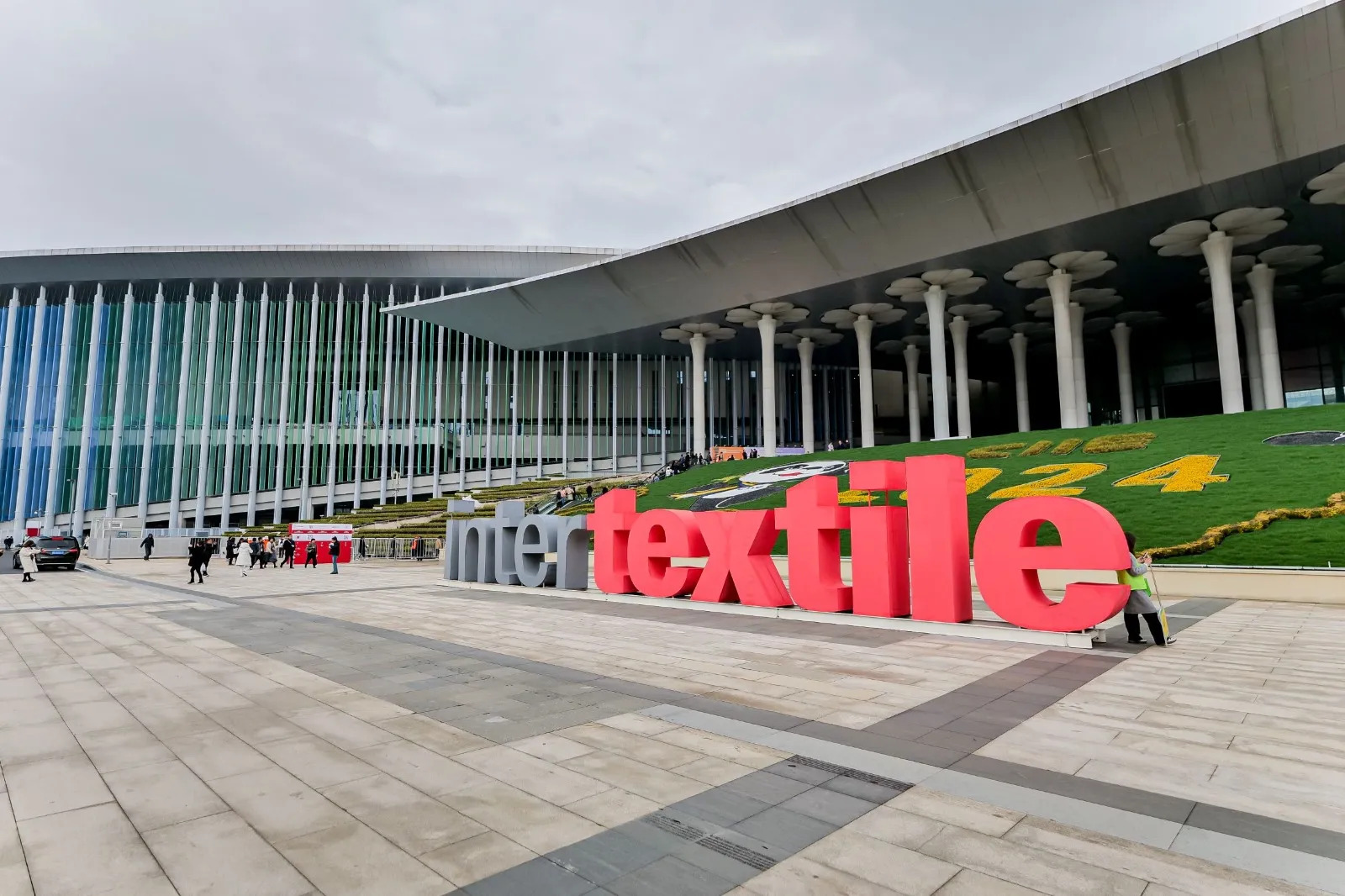In the wake of shifting consumer behaviors spurred by the pandemic, alongside inflation spikes and supply chain disruptions, luxury brands are reassessing the role of outlet stores.
In 2023, sales of luxury outlets increased by 35 per cent to reach $50 billion. This growth outpaced other channels, including monobrand and online platforms. Notably, amidst this surge, traditional luxury travel retail faced a significant setback, declining by 14 per cent since 2019 due to pandemic-induced challenges.
While the presence of luxury brands in discount environments might raise eyebrows, many are adopting marketing strategies leaning more towards mass appeal than pure luxury. This shift is partly driven by the pressure to meet investors' expectations for consistent quarterly growth. Consequently, luxury brands are actively pursuing customers rather than waiting for them to come.
Consumers, seeking the allure of luxury without the full price tag, are increasingly turning to outlets as a means to stretch their budgets. The rise in outlet mall traffic, particularly among young, upwardly mobile couples, reflects this trend. Gen Z adults, in particular, are forming habits that prioritize value without sacrificing quality, making outlet malls an attractive destination for budget-conscious luxury shoppers.
Recognising the evolving consumer landscape, industry players like Tanger Outlets are adapting their offerings to align with shifting preferences. By incorporating experiential amenities typically found in open-air shopping centers and diversifying their tenant mix, outlets aim to appeal to a broader audience while maintaining their luxury appeal.
Stephen Yalof, CEO, Tanger Outlets, emphasizes the importance of creating a lifestyle environment within outlet to cater to diverse customer needs. With the acquisition of non-outlet properties, such as mixed-use centers, outlets are poised to integrate learnings from different retail formats to enhance the overall shopping experience.












